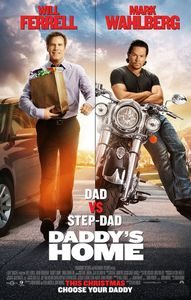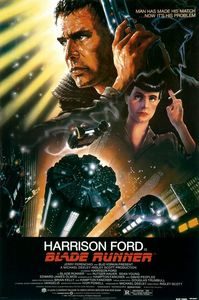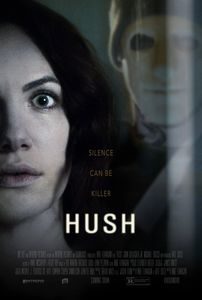Locke (2013)
(Netflix Streaming, December 2016) As an avowed fan of high-concept movies, I couldn’t be happier with Locke’s central conceit, which is to follow a man in near-real time as he drives from Birmingham to London, holding a series of increasingly dramatic phone conversations along the way. Everything blows up as he drops everything on an important construction job to be present at a birth. The baby is his but the mother isn’t his wife and as increasingly frantic phone calls take place, what we’re seeing here is a rebirth narrative—someone clinging to one last redemption. Tom Hardy is very, very good as the only person whose face we see in the film, holding the wheel and working his car’s top-of-the-line electronics during a nighttime drive. The amazing thing about Locke is that its gimmick has an effect on tone. While the story could be a radio play if it tried (The camera never leaves the car in-between beginning and end, although there is a noticeable overhead shot midway through), the visuals of driving down a highway at night means that there are always lights moving on-screen. The impact is profound: transforming, through sheer kinetics, a drama into what feels like a thriller given constant motion. There are definitely risks in making the film’s protagonist such a borderline unlikable character. Abandoning a major construction work site on the eve of a major concrete pour is not rational behaviour, and neither is blowing up a marriage through phone calls. It gets worse as we dig into the reasons for the drive: a one-night stand with a lonely woman (and not a particularly likable one from the script we’re given) leading to a pregnancy. It’s nearly a miracle that audience hang in there long enough to get a glimpse at the father issues of the protagonist. Writer/director Steven Knight is a genius for thinking of the concept and for keeping it going as long as he can (and making us learn far more than we’d ever imagine about concrete pouring). You can add Locke to the list of great one-location movies. At a snappy 82 minutes, it’s not perfect … but it’s really good and it makes the most of limited means.














